According to a new trend report by Expedia, Hotels.com, and Vrbo, 2023 will be a year of exploration, with travelers interested in bustling city culture, rustic outdoorsy lodges, and unconventional “hidden gem” destinations.
For commercial photographers, who not only stay up-to-date on trends but also help set them, the new year poses an opportunity to expand your horizons and get creative with new or unexpected locations. You don’t have to travel far to find interesting spots; in fact, shooting locally, in your own neighborhood, can mean capturing unique images no one else has.
Browsing the 500px collection on Getty Images, you can find best-selling photographs from all corners of the world: the shores of Inle Lake, the waterfalls of Iceland, or the peaks of the Dolomites. You’ll also find everyday moments captured at home, in the backyard, or at a local sugar beet farm.
In this guide, the team at 500px shares seven must-have tips for making the most of a great location in 2023.
Do your research
Finding the perfect location starts with research, which can start online with social media and Google Earth. “Reading reviews can also help you make more informed choices,” the 500px team advises. “For example, maybe you find out that a waterfall you always wanted to visit is extremely busy on weekends and after work hours.”
Always be mindful of any potentially problematic locations; some landmarks, including the Hollywood sign, Pike Place Market, and the Eiffel Tower (when lit up for the night) are not acceptable for commercial Licensing.
Public art installations and places of worship are usually protected as well and will require a property release—or should be avoided altogether. If in doubt, one resource to check out is the Getty Images Intellectual Property Wiki; many locations will be listed here, along with info about whether or not they can be photographed for commercial stock image portfolios.
Of course, any privately-owned properties, including residences and businesses, will require a property release, so remember to get those signed and ready before your shoot.
Scout your location
In-person location scouting can also be a fundamental part of the research phase. Visit your location on a different day at around the same time as your scheduled shoot to get a feel for any potential problems, such as crowds, so you can plan around those challenges. Feel free to take test shots as well.
Are there any space limitations or lighting issues? Asking yourself these questions will help you determine any extra gear you should bring on location on the actual day of the shoot, from more versatile lenses to additional lighting sources.
Consider the accessibility of the location too, especially when working with models. “Pay attention to parking—or lack of parking—if it’s an area off the beaten path,” the team at 500px suggests. “From there, plan as needed: notify your model to arrive in suitable shoes or maybe ask a helper to come along to help you set up.”
Additionally, the team recommends finding at least three different spots within the same location to use for a shoot. That way, you ensure you’ll get enough variety and diversity throughout your session—and give yourself more opportunities to sell content.
Build a shot list
Your shot list is the culmination of all that research and location scouting, so write down any concepts, ideas, or settings you plan to incorporate. This list can include activities, locations within the location, props, poses, model pairings, wardrobe changes, and more. The more specific you can get, the better.
It can also be helpful to share your shot list with your models before the shoot so they know exactly what to expect. You can always improvise and include spontaneous moments on the day of the shoot, but having a solid foundation of “essential shots” will help you stay organized and focused.
Tell a story from start to finish
In today’s oversaturated visual landscape, authenticity in storytelling is an essential ingredient for successful advertising, so think about a beginning, middle, and end for your photoshoot—as well as all those candid moments in between. The team at 500px uses a basketball-themed shoot as an example:
“Instead of taking 100 shots of your model dunking a basketball in a hoop, capture the authentic ‘micro-moments’ that tell the wider story. Those could include the athlete putting on their shoes, warming up, and taking a break.
“Take a look at what you have to work with in your location; for example, see if you can utilize the bleachers or any benches for your model to get ready or take a break. Consider what angles you can capture to make the story more interesting. Maybe that means lying down to get a low angle of the ball being dunked, which heightens the drama of the action. Or perhaps it’s shooting from the bleachers to get the POV of the audience.
“Maybe it’s following all of your models to the parking lot where they will pack up their equipment in their cars (make sure you remove any intellectual property issues, such as logos or branded designs). Thinking about the story in this way can allow you to apply themes of friendship, community, travel, carpooling, or sustainability to your photos, which can, in turn, open you up to a whole new customer base.”
Incorporate the environment
Your location can be so much more than just a “background” for your shoots; in many cases, it can become a key ingredient for the story you’re telling. For inspiration, the 500px team suggests checking out Ernesto Perez’s super colorful yoga shoot, set in Miami.
Perez actually came across this location unexpectedly while practicing street photography; the colors caught his eye, so he decided to return on another day for a commercial shoot. At the time, he was stepping outside of his comfort zone incorporating such bright hues—but it paid off!
Renat Renee-Ell is another artist who consistently uses colorful locations as inspiration, selecting wardrobe and prop elements to create a cohesive palette. Her advice: “Think locally. If there is something in your area that you can’t find anywhere else, use it. People react to unique images.”
Consider a shallow depth of field
Sometimes, you want every detail of your location to be in focus—but sometimes you don’t. If, for example, you’re shooting in a cluttered spot (or even just a less-than-gorgeous location), you might not want your background to be visible. In that case, select a fast lens and open up your aperture to create some beautiful background blur. A shallow depth of field will turn unattractive or overly busy backgrounds into creamy swaths of light and color.
A shallow depth of field can be especially useful when shooting portraits; by throwing your background out of focus, you ensure all the attention is on your model. “Doing a quick lens change or aperture adjustment can help make your content more sellable and use your location in more ways,” the 500px team says.
In general, they recommend this technique for three reasons. First, it creates a clean, airy aesthetic and simplifies your overall composition. Second, adjusting your depth of field can encourage you to capture more diverse images (for example, background bokeh is often used to capture dreamy, romantic scenes where emotion plays a key role).
And finally, background blur can help you avoid issues posed by problematic locations: “If there are signs or branding/copyright issues in view, or if you want to avoid obtaining a property release, use a shallow depth of field to obscure the location just enough that it’s unrecognizable.”
Another tip: consider including plenty of negative space in your background, preferably to the left. Known as “copy space,” this extra breathing room will allow image buyers to add their own messaging or crop your images to suit various formats.
Tag your location
Accurate and thorough location tagging helps your content surface in customer searches, boosting the discoverability and profitability of your portfolio. Content buyers often search for location-specific content, so including that information can mean the difference between being overlooked and making a sale. As the 500px team told us just last month, they regularly receive inquiries from buyers looking for photos of very specific locations. Just like keywording and titling, location tagging should be an essential step in your workflow.
Not on 500px yet? Click here to learn about Licensing with 500px.
The post 7 ways to make the most of your location and create content that sells appeared first on 500px.
from 500px https://ift.tt/rBygZA4
via IFTTT
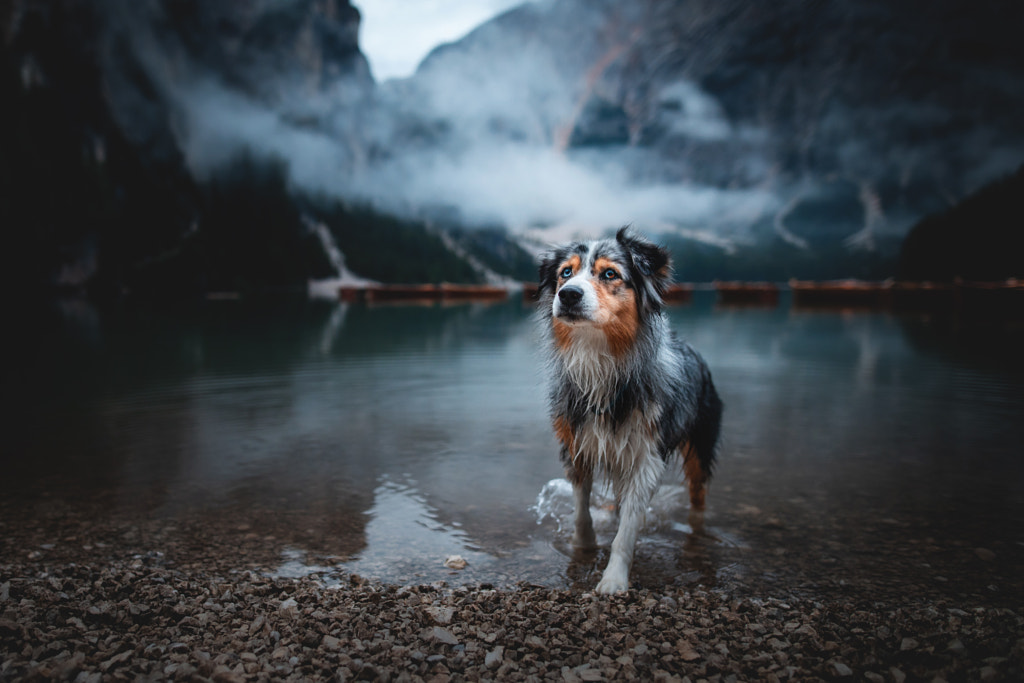
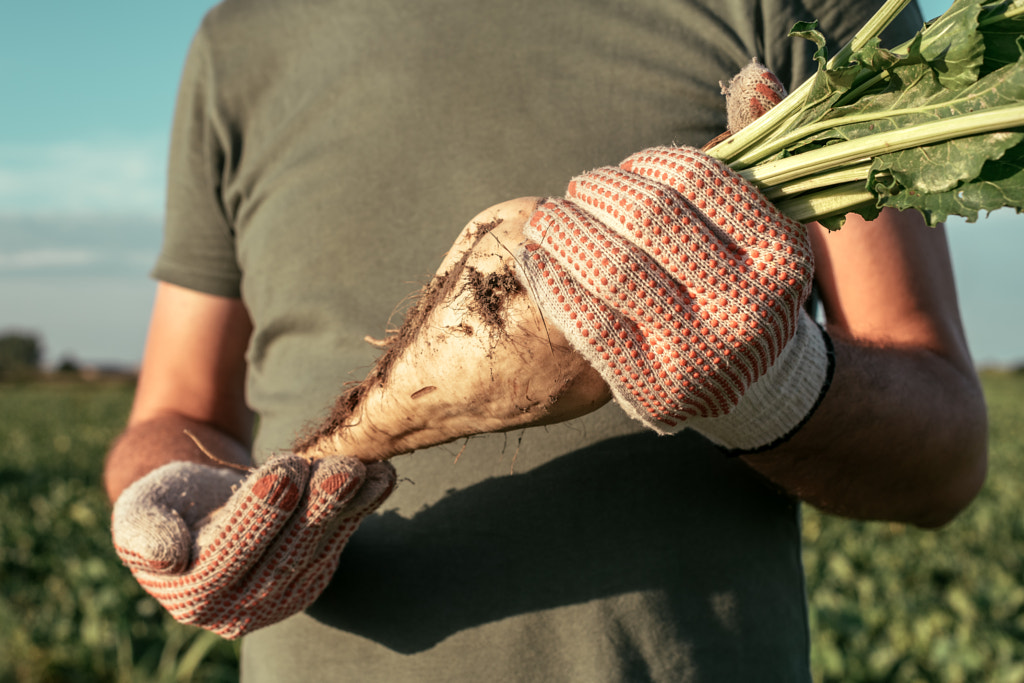
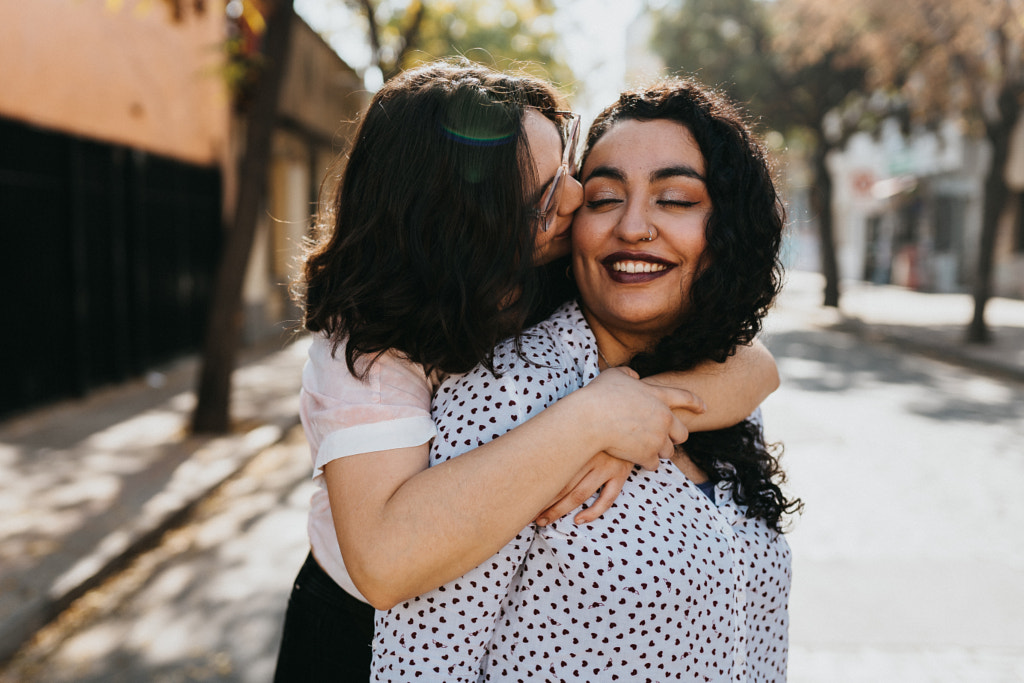



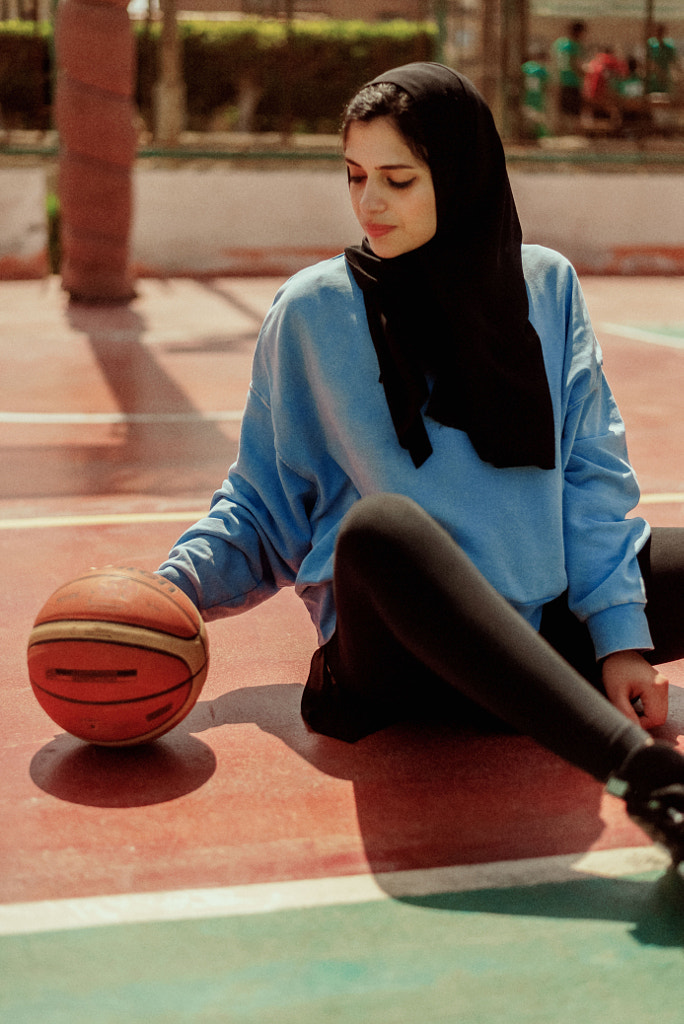
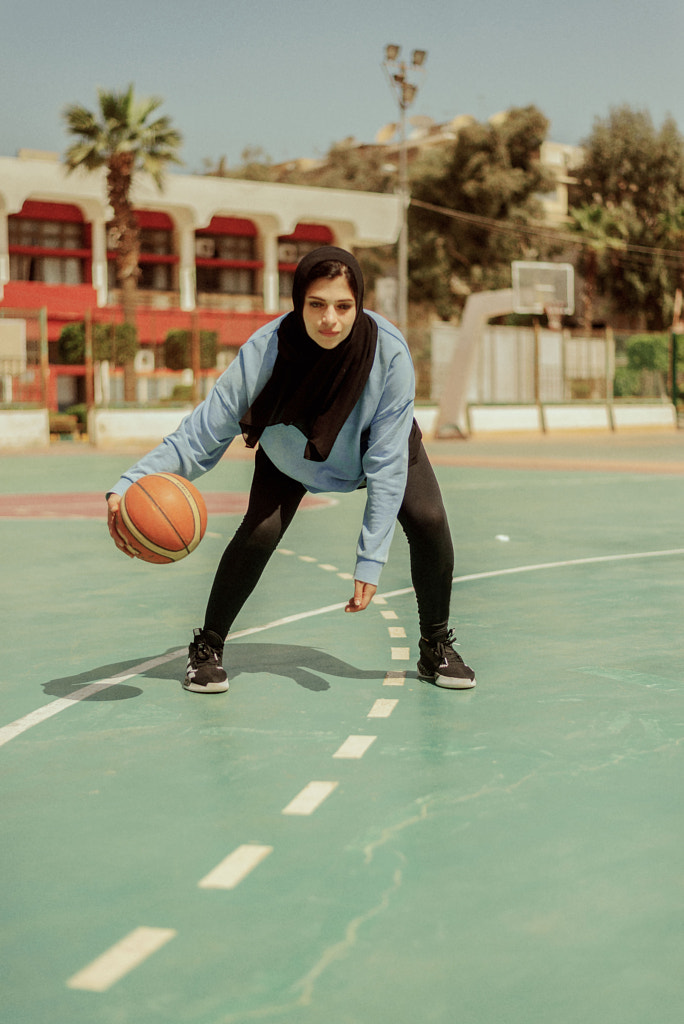
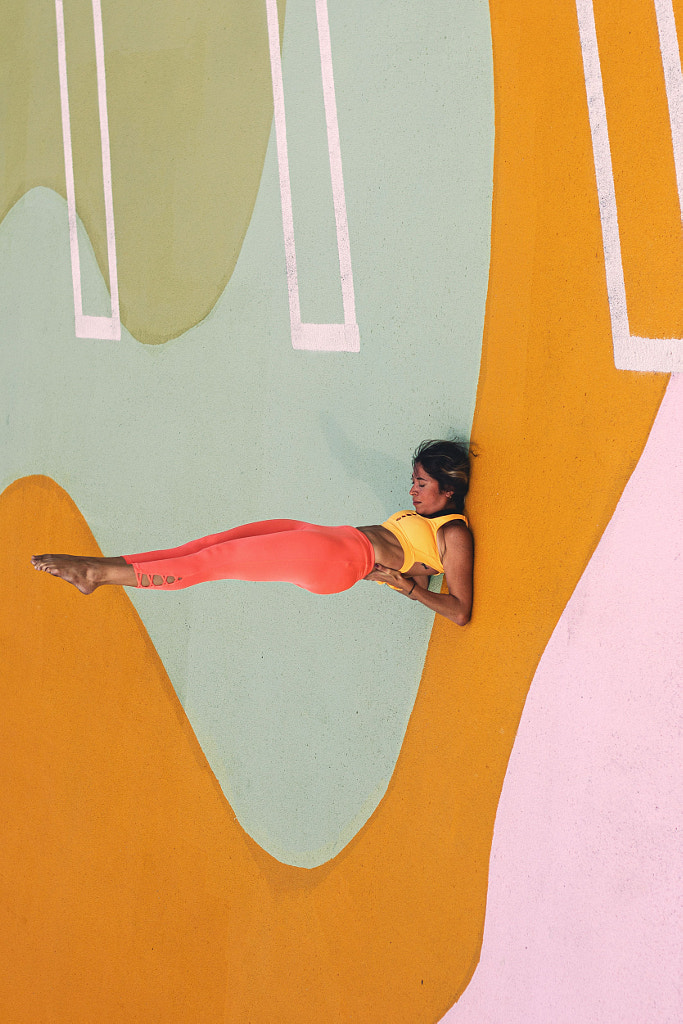
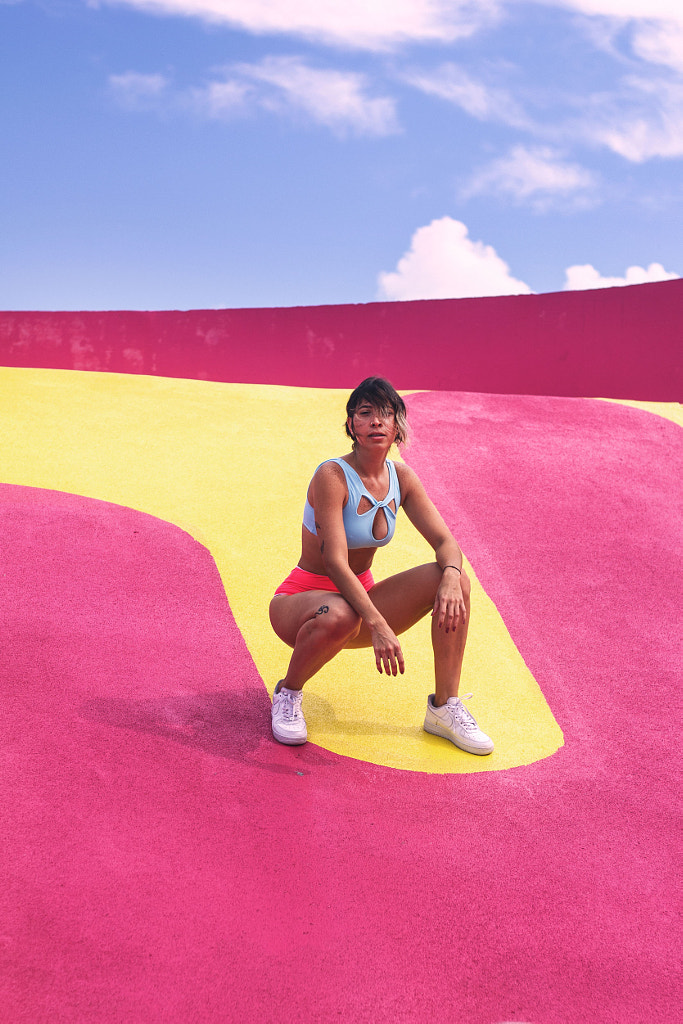
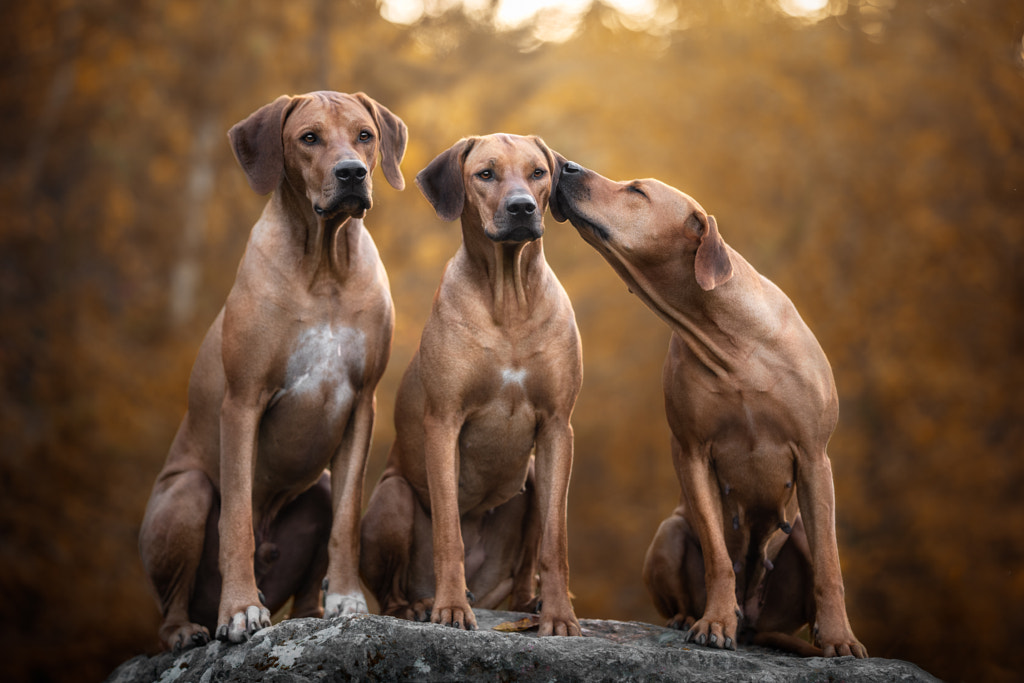

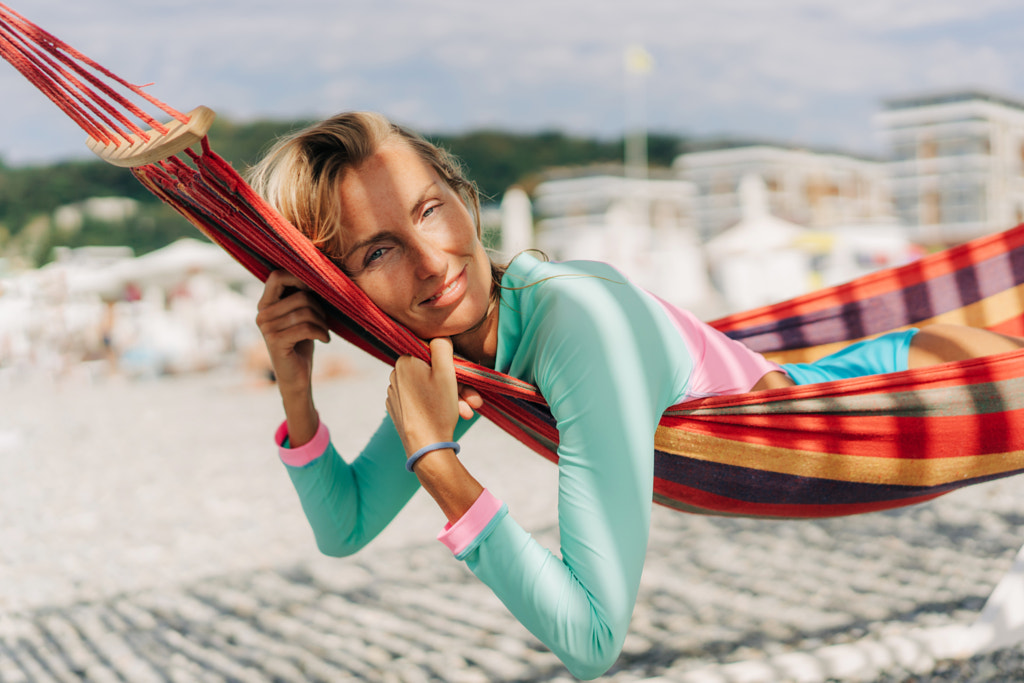

Comments
Post a Comment